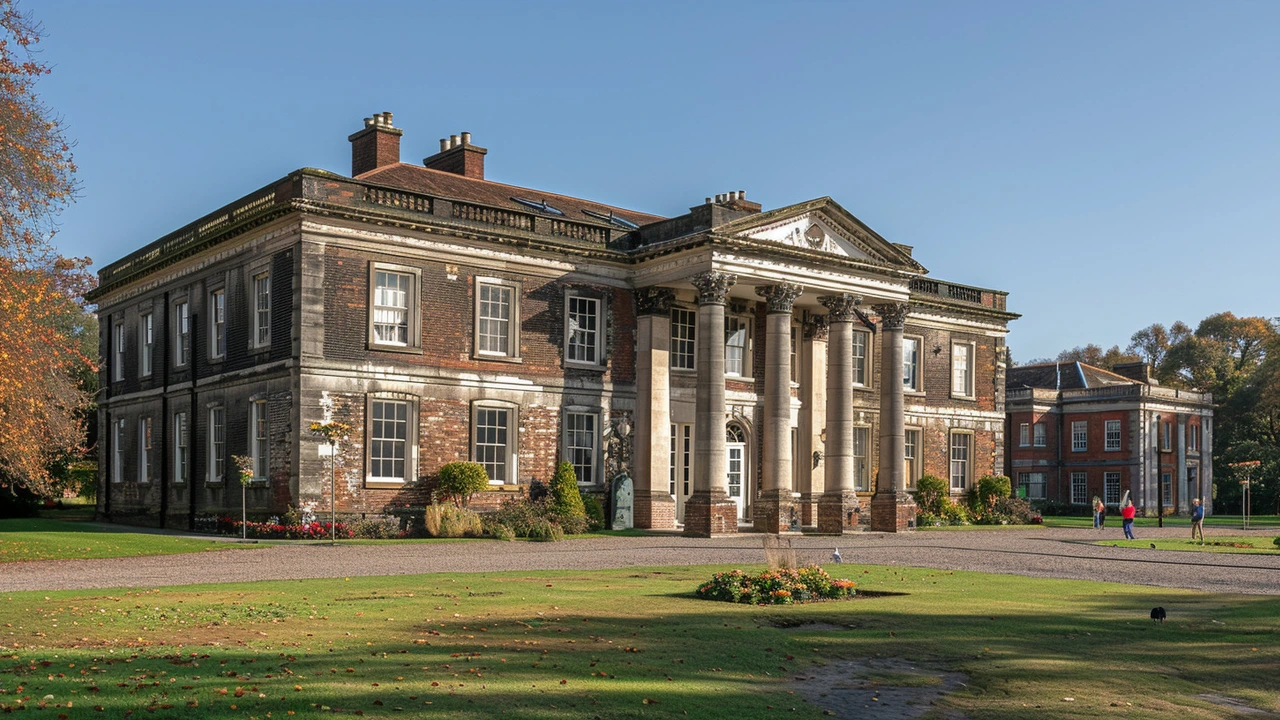Federal architecture, a style that has left a defining mark on the landscape of early America, combines elegance and simplicity. It flourished from the late 18th to mid-19th centuries and reflects the ideals of the young Republic. This article delves into the distinct features, influences, and prominent examples of this architectural style that echo the nation's rich history. Readers will discover tips for identifying Federal structures and learn about the iconic buildings that showcase this unique aesthetic.
American buildings: a practical guide to U.S. styles and where to see them
Want to know how American buildings tell stories? From colonial brick houses to glass-walled towers, U.S. architecture mixes history, culture, and local needs. This guide helps you spot key styles, where to find good examples, and quick tips for appreciating or photographing them.
Common styles and what to look for
Colonial and Georgian: symmetry, central doors, sash windows, brick or clapboard. You'll see these in New England towns and older cities like Boston and Charleston.
Greek Revival and Neoclassical: strong columns, pediments, and temple-like fronts. State capitols and courthouses often use this to project authority.
Beaux-Arts and Renaissance Revival: grand facades, carved details, and formal proportions. Look for these in banks, museums, and old train stations in big cities.
American Craftsman and Prairie: low roofs, wide porches, exposed beams, and built-in woodwork. These feel cozy and human-scale in neighborhoods across the Midwest and West.
Mid-century Modern and International Style: clean lines, open plans, and lots of glass. Expect these in postwar suburbs and civic buildings from the 1950s to 1970s.
High-Tech and Neo-Futurism: steel, glass, visible structure, and bold engineering. Spot these in recent city skylines and cutting-edge campuses.
Quick tips for exploring and photographing
Start with a neighborhood walk. Pick one style or one street and stay curious. Morning or late afternoon gives soft light for photos. Use a wide lens to show scale, but step back for details like cornices or decorative ironwork.
Read plaques and guides. Many historic districts post short histories that explain why a building looks a certain way. That context makes design choices meaningful instead of random.
Compare old and new. Stand where a classic meets a modern block and notice differences in material, scale, and how each handles light. That contrast often tells a city's growth story.
Preservation matters. Older styles survive because people care and laws protect them. When you visit historic sites, follow rules and support local preservation groups if you can.
Ask locals. Shopkeepers, caretakers, or docents often know quick stories that don’t make guidebooks. A short chat can reveal a building's architect, a famous tenant, or a hidden detail you’d miss alone.
Finally, use this list as a starter. American buildings offer endless variety because the U.S. absorbed global trends and mixed them with local craft and climate. Pick a city, pick a style, and go look. You’ll spot more than facades—you’ll find stories.
Start small: visit a local historical society or library and ask for walking maps. Many cities offer free audio tours you can download. If you’re planning renovations, look for certified preservation architects and check local rules before changing windows or porches. For photos, try black-and-white to highlight shapes and textures. If you want to dig deeper, read short books on styles like 'American Craftsman' or 'Beaux-Arts' and follow local architecture blogs. Small steps make buildings more than pretty pictures — they become part of how you know a place. Go explore today.
This article delves into the beauty of Federal architecture, exploring its origins, distinctive features, and the artistry behind some of America's most iconic buildings. Learn the defining characteristics and discover tips on how to appreciate and identify this sophisticated style as you encounter it in your travels.


